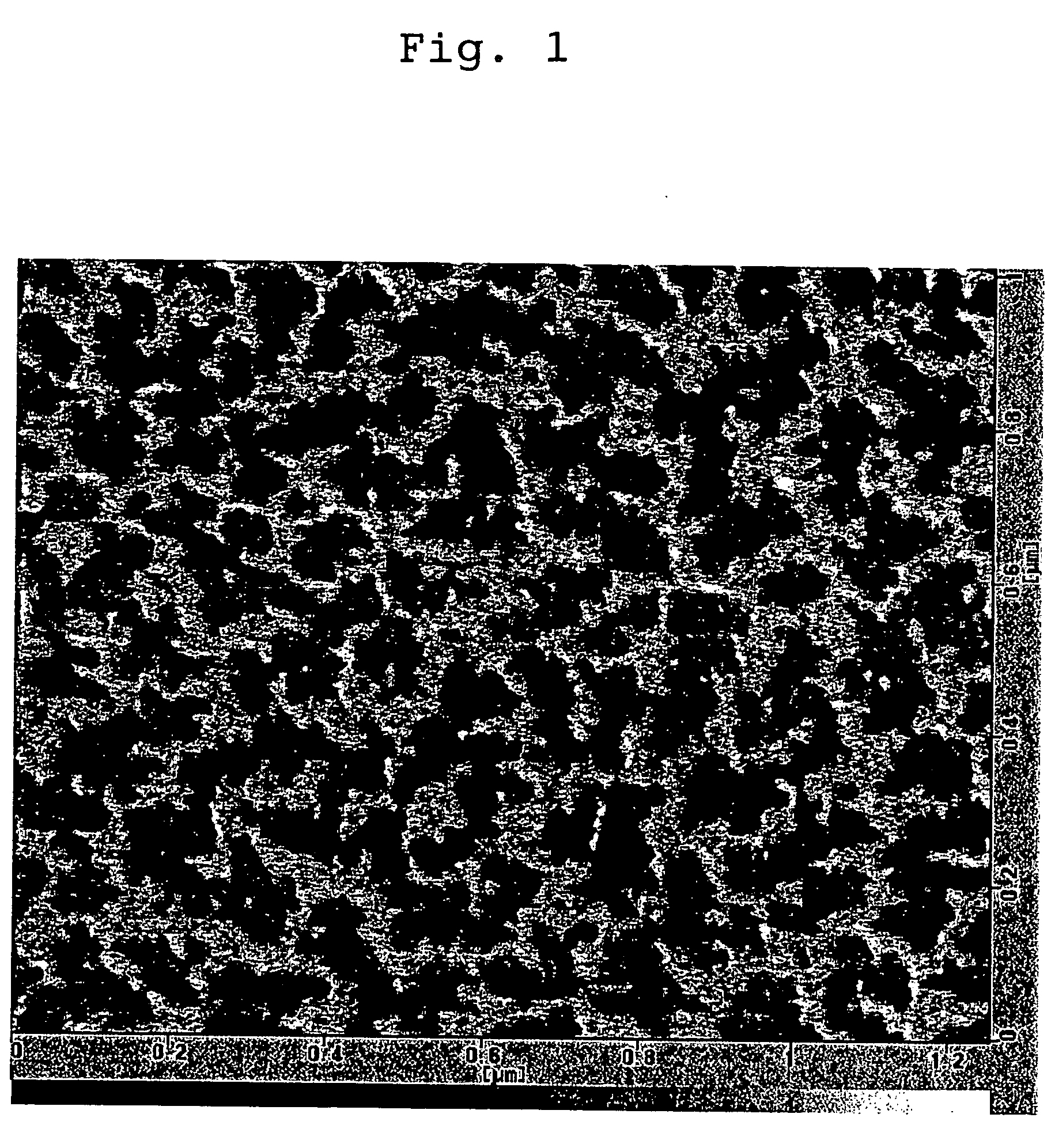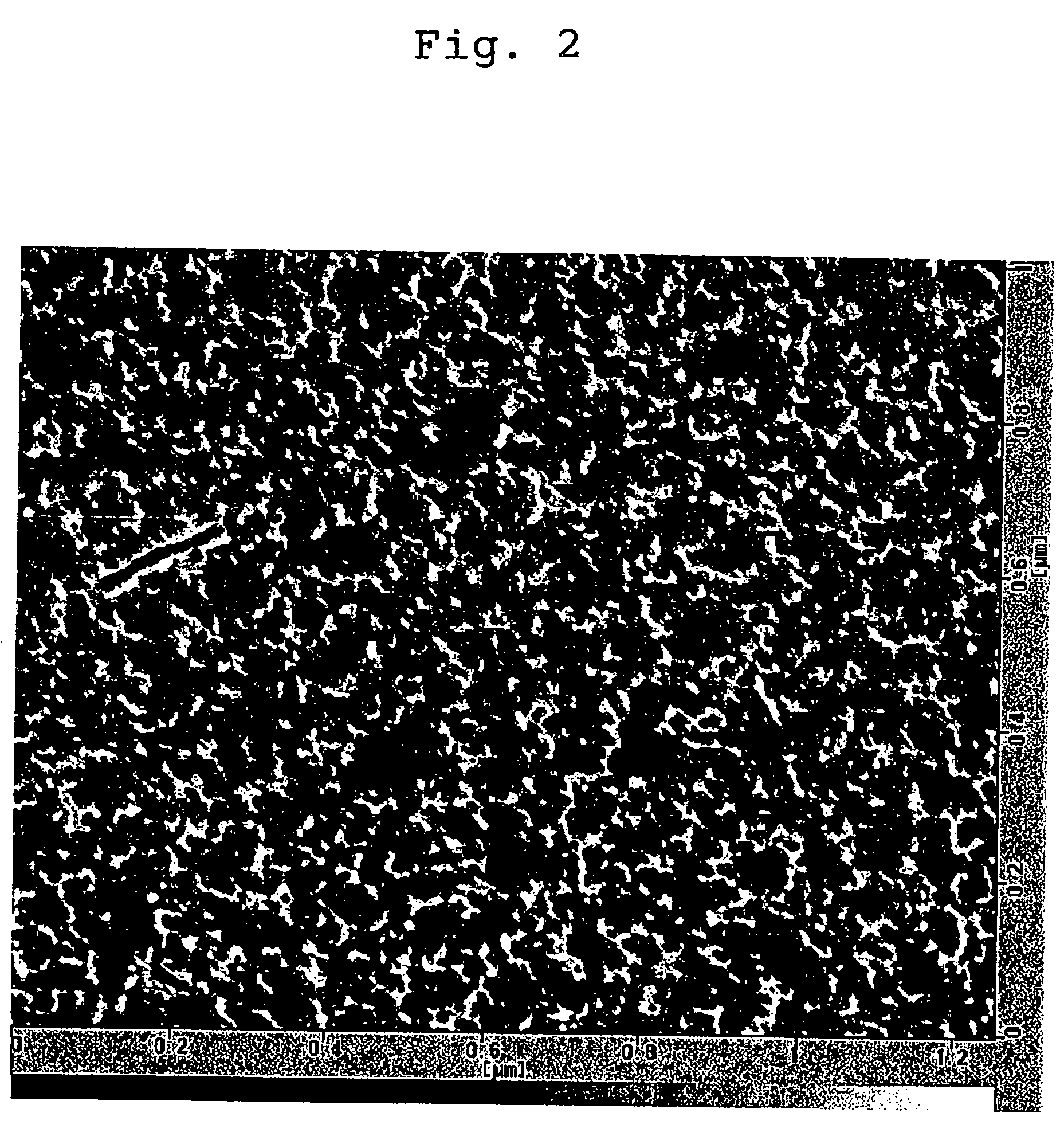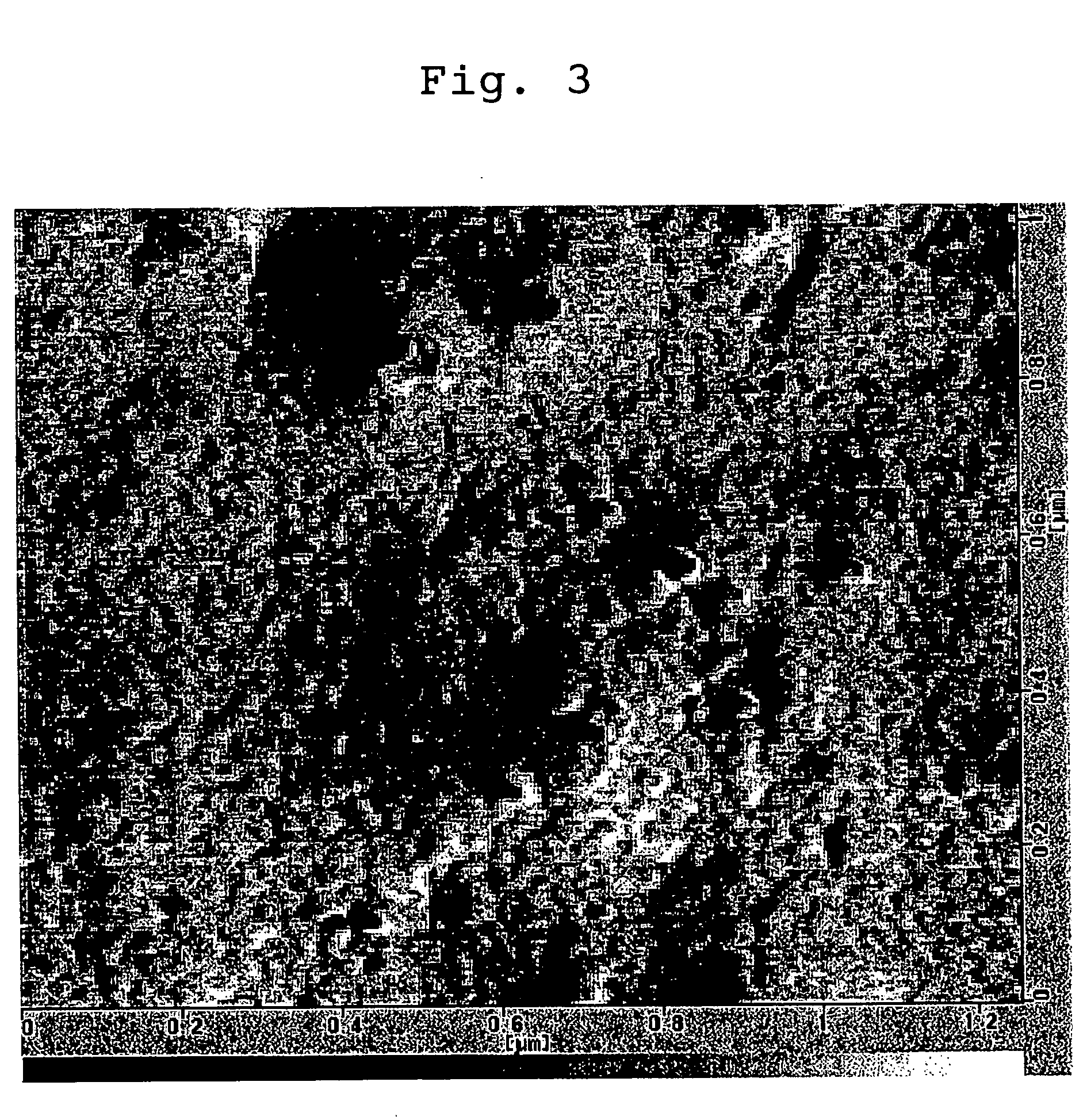Flame-retardant aromatic polycarbonate resin composition
a technology of aromatic polycarbonate and flame retardant, which is applied in the direction of dragees, special tyres, transportation and packaging, etc., can solve the problems of spoilage of resin composition properties, unsatisfactory thermal stability of above-mentioned conventional flame retardants, and spoilage of excellent properties (such as heat resistance and impact resistance) inherently possessed by aromatic polycarbonates, etc., to achieve excellent flame retardancy, excellent melt stability, excellent thermal resistance and impact resistance resistan
- Summary
- Abstract
- Description
- Claims
- Application Information
AI Technical Summary
Benefits of technology
Problems solved by technology
Method used
Image
Examples
example 1
[0195] An aromatic polycarbonate resin composition was produced in accordance with the formulation shown in Table 1. Specifically, the production of the aromatic polycarbonate resin composition was performed as follows.
[0196] A melt-kneading of the raw materials was performed by means of a twin-screw extruder (trade name: PCM-30; manufactured and sold by Ikegai Corporation, Japan) (L / D=28) under conditions wherein the cylinder temperature was 270° C., the screw revolution rate was 150 rpm, and the extrusion rate of the resultant resin composition was 15 kg / hr. During the melt-kneading, the temperature of the molten resin composition in the extruder was measured by means of a thermocouple which was provided at the die of the extruder. As a result, it was found that the resin temperature was 290° C.
[0197] With respect to the feeding of the components to the twin-screw extruder, each of the components indicated in Table 1 were preblended together for 20 minutes using a tumbler, and t...
example 2
[0208] An aromatic polycarbonate resin composition was produced in substantially the same manner as in Example 1 except that oxide particles 2 were used instead of oxide particles 1. With respect to the obtained resin composition, various properties thereof were evaluated in the same manner as in Example 1. The results are shown in Table 1.
example 3
[0209] An aromatic polycarbonate resin composition was produced in substantially the same manner as in Example 1 except that oxide particles 3 were used instead of oxide particles 1. With respect to the obtained resin composition, various properties thereof were evaluated in the same manner as in Example 1. The results are shown in Table 1.
PUM
| Property | Measurement | Unit |
|---|---|---|
| diameter | aaaaa | aaaaa |
| particle diameter | aaaaa | aaaaa |
| particle diameter | aaaaa | aaaaa |
Abstract
Description
Claims
Application Information
 Login to View More
Login to View More - R&D
- Intellectual Property
- Life Sciences
- Materials
- Tech Scout
- Unparalleled Data Quality
- Higher Quality Content
- 60% Fewer Hallucinations
Browse by: Latest US Patents, China's latest patents, Technical Efficacy Thesaurus, Application Domain, Technology Topic, Popular Technical Reports.
© 2025 PatSnap. All rights reserved.Legal|Privacy policy|Modern Slavery Act Transparency Statement|Sitemap|About US| Contact US: help@patsnap.com



